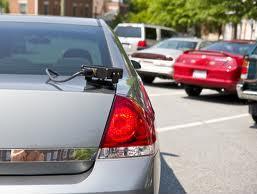 There are two basic strategies in scanning plates. Companies use one or the other or a combination of the two. The first is mainly looking for new accounts by scanning for vehicles that are in the national database of skips. In doing this, Walmart’s, extended-stay motels, large malls, shopping centers and the like are aggressively scanned hoping to find the skips and recover the car right then.
There are two basic strategies in scanning plates. Companies use one or the other or a combination of the two. The first is mainly looking for new accounts by scanning for vehicles that are in the national database of skips. In doing this, Walmart’s, extended-stay motels, large malls, shopping centers and the like are aggressively scanned hoping to find the skips and recover the car right then.
How Does License Plate Recognition Technology Really Work? (Part 2 of a 2 part series)
 There are two basic strategies in scanning plates. Companies use one or the other or a combination of the two. The first is mainly looking for new accounts by scanning for vehicles that are in the national database of skips. In doing this, Walmart’s, extended-stay motels, large malls, shopping centers and the like are aggressively scanned hoping to find the skips and recover the car right then.
There are two basic strategies in scanning plates. Companies use one or the other or a combination of the two. The first is mainly looking for new accounts by scanning for vehicles that are in the national database of skips. In doing this, Walmart’s, extended-stay motels, large malls, shopping centers and the like are aggressively scanned hoping to find the skips and recover the car right then.

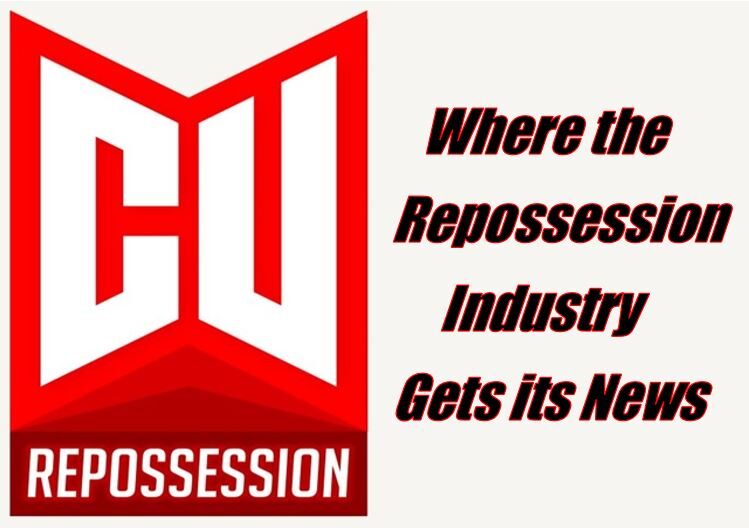

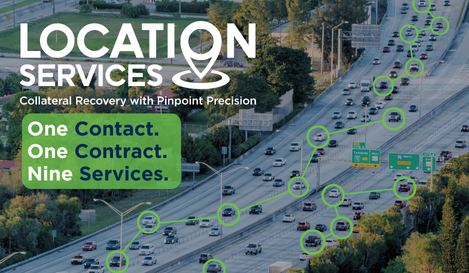


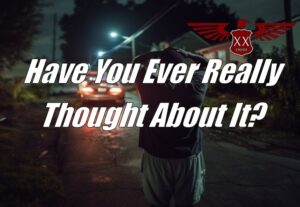

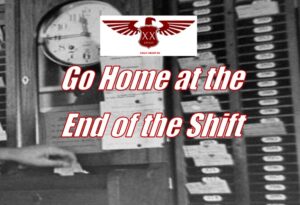


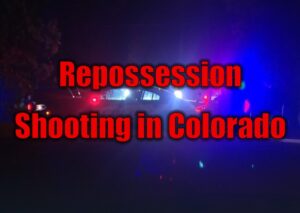




Facebook Comments